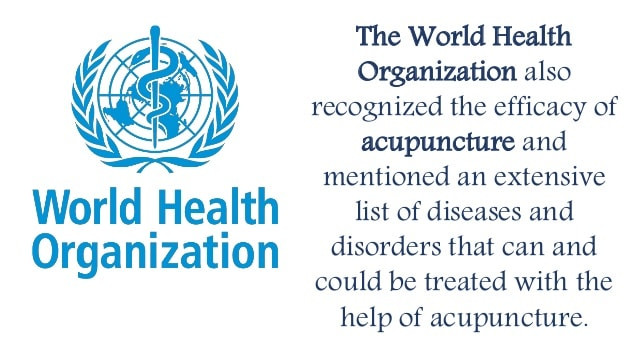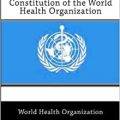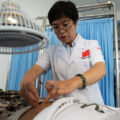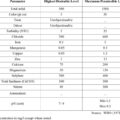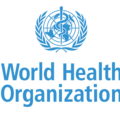Acupuncture is an age-old healing practice of traditional Chinese medicine in which thin needles are placed at specific points in the body. Acupuncture is believed to have originated around 100 BC in China, around the time The Yellow Emperor’s Classic of Internal Medicine (Huangdi Neijing) was published, though some experts suggest it could have been practiced earlier. It’s primarily used to relieve pain but also has been used to treat other conditions. More than 3 million Americans use acupuncture, but it is even more popular in other countries. Nowadays, 12,000 doctors in the US perform acupuncture and 10,000 doctors in France, and 7,000 physicians in Germany are members of Medical Acupuncture associations.
Around 64% of Medical schools in the US have incorporated acupuncture into their curriculum (from 16-160 hours). The American Medical Society of Pain has included acupuncture in the syllabus for obtaining the Diploma of Algology.
In addition, American National Institutes of Health (NIH) promote and subsidize research in acupuncture. The IASP (International Association for the study of Pain) recognizes the significant analgesic effect of acupuncture (many relevant articles have been published in the reputed international journal “Pain”). Most pain clinics in Greece and abroad use acupuncture and electroacupuncture for the treatment of acute and chronic pain.
Acupuncture enjoys growing acceptance among patients since 15% of Greeks, 12-19% of Europeans, 20-60% of Australians, and more than two million Americans (FDA estimates that 9-12 million sessions of acupuncture are performed each year) resort to acupuncture to solve various health problems. Read: How Long Does It Take For Acupuncture To Work?
Is acupuncture recognized by the World Health Organization WHO?
According to Holistic health, the World Health Organization recommends acupuncture for over 100 conditions. Primarily, WHO’s role is ‘to set standards for governments and large organizations to follow, in order to improve the health of all our world’s citizens. In 1979, the WHO held a symposium on acupuncture. They created a list of 43 diseases that acupuncture can help with. In 1997, along with several National Institutes of Health, they published a Consensus Statement on acupuncture. This summarized the current understanding of acupuncture, based on the research that was available at the time.
World Health Organization Acupuncture List Of Conditions
In order to promote the appropriate use of acupuncture in Member States where acupuncture has not been widely used, the World Health Organization (WHO) published an official report listing 31 symptoms, conditions, and diseases that have been shown in controlled trials to be treated effectively by Acupuncture. However, only national health authorities can determine the diseases, symptoms, and conditions for which acupuncture treatment can be used. The following is the list of conditions shown through controlled trials to be treated effectively by Acupuncture:
- Low back pain
- Neck pain
- Sciatica
- Tennis elbow
- Knee pain
- Peri-arthritis of the shoulder
- Sprains
- Facial pain
- Headache
- Dental pain
- Acute and chronic gastritis
- Rheumatoid arthritis
- Induction of labor
- Breech birth presentation
- Morning sickness
- Nausea and vomiting
- Postoperative pain
- Stroke
- Essential hypertension
- Primary hypotension
- Renal colic
- Leucopenia
- Radiation/chemo reactions
- Allergic rhinitis,
- Hay fever
- Biliary colic
- Depression
- Acute bacillary dysentery
- Primary dysmenorrhea
- Acute epigastralgia
- Peptic ulcer
The report also contains three other very important lists of conditions:
- Diseases, symptoms, or conditions for which the therapeutic effect of acupuncture has been shown but for which further proof is needed.
- Diseases, symptoms, or conditions for which there are only individual controlled trials reporting some therapeutic effects, but for which Acupuncture is worth trying because treatment by conventional and other therapies is difficult.
- Diseases, symptoms, or conditions for which Acupuncture may be tried provided the practitioner has special modern medical knowledge and adequate monitoring equipment.
Results from some emerging studies suggest that acupuncture can provide significant symptom relief in depression, at rates comparable to those of psychotherapy or pharmacotherapy. Acupuncture may hold sufficient promise to warrant a larger-scale clinical trial.
What conditions may benefit from acupuncture?
Many people seek acupuncture treatment for the relief of many conditions. Before considering acupuncture, talk to your doctor. Conditions that may benefit from acupuncture include the following:
| Digestive | Emotional |
|---|---|
| Gastritis Irritable bowel syndrome Hepatitis Hemorrhoids |
Anxiety Depression Insomnia Nervousness Neurosis |
| Eye-Ear-Throat | Gynecological |
|---|---|
| Rhinitis Sinusitis Sore throat |
Menstrual pain Infertility |
| Musculoskeletal | Neurological |
|---|---|
| Arthritis Back pain Muscle cramping Muscle pain and weakness Neck pain Sciatica |
Headaches Migraines Neurogenic bladder dysfunction Parkinson’s disease Postoperative pain Stroke |
| Respiratory | Miscellaneous |
|---|---|
| Allergic rhinitis Sinusitis Bronchitis |
Irritable bladder Prostatitis Male infertility Some forms of impotence Addiction |


